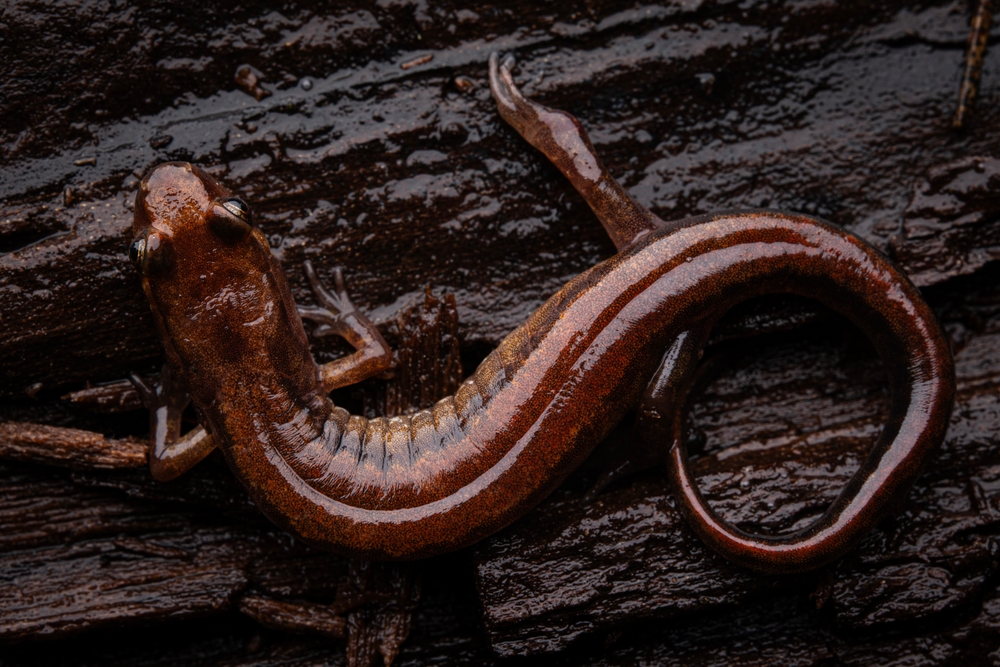Now Reading: Prehistoric Giant Salamander Roamed Ancient Tennessee Hills
-
01
Prehistoric Giant Salamander Roamed Ancient Tennessee Hills
Prehistoric Giant Salamander Roamed Ancient Tennessee Hills

Fast Summary
- Revelation: Researchers unearthed a fossil of a giant salamander species near East Tennessee State University (ETSU), named Dynamognathus robertsoni, from Early Pliocene deposits (~5 million years ago).
- Physical Description: Measuring roughly 16 inches long, with a robust skull adapted for strong bite force. The name translates too “powerful jaw.”
- evolutionary Link: May be either an ancient cousin or ancestor of today’s dusky salamanders (Desmognathus), and shares resemblance with Alabama’s rare Red Hills salamander.
- Ecological Role: The predator likely influenced evolution in appalachian stream-dwelling salamanders by introducing new competition and predation dynamics.
- Regional Significance: strengthens Southern Appalachia’s position as a hotspot for amphibian diversity and evolution. Climate changes may have pushed similar species to southern regions historically.
- Tribute: Named after Wayne Robertson, who discovered the first fossil and sifted through over 50 tons of sediment since 2000.
Indian Opinion Analysis
The discovery of Dynamognathus robertsoni is meaningful not only as an addition to the global paleontological record but also as evidence of how regional biodiversity hotspots like Appalachia evolve over millions of years under ecological pressures such as predation and competition. For India, which hosts similarly rich biodiversity-particularly in its Western Ghats rainforest ecosystem-this research underscores the importance of fossils in tracing evolutionary pathways that connect ancient ecosystems to present-day populations.
This finding highlights how pivotal climate shifts can reshape biodiversity distribution over time-a concept relevant for understanding India’s own sensitive habitats amid accelerating climate change patterns today. Preserving geological sites akin to the Gray Fossil Site could help uncover similar insights into india’s prehistoric life, aiding conservation efforts while providing clues about potential strategies for safeguarding vulnerable native species against ecological disruptions.



























